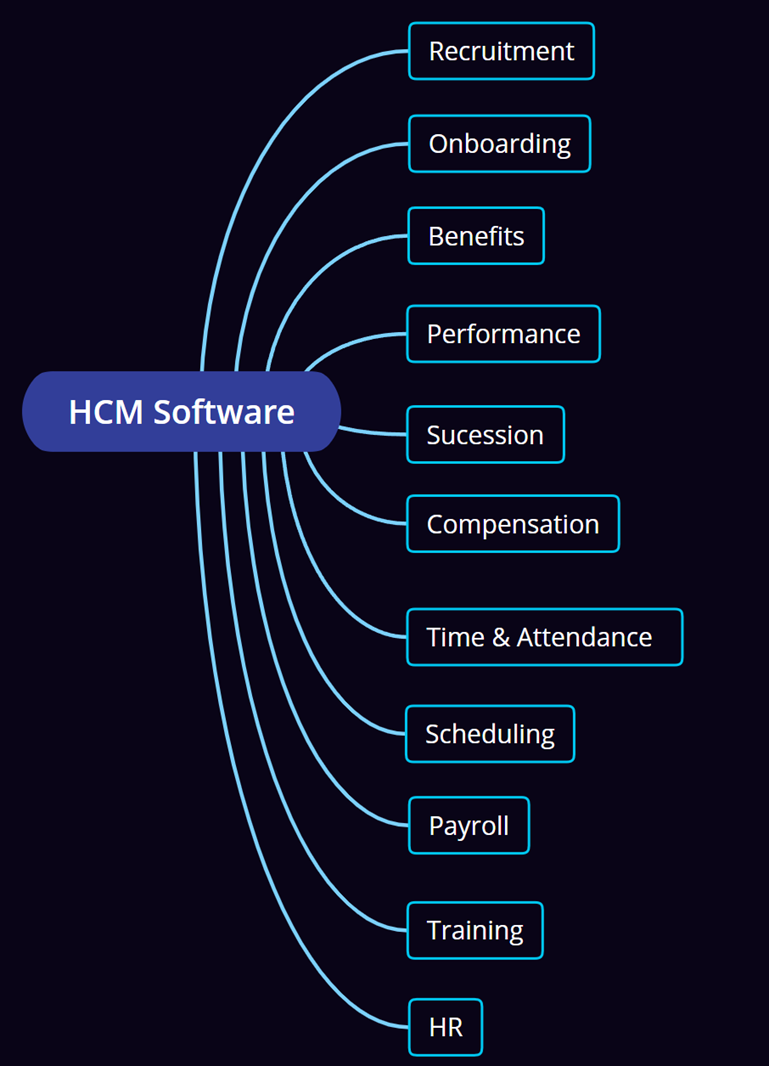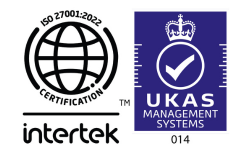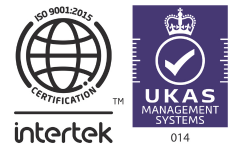Understanding HCM Features
Some HCM solutions offer an all-in-one system, while others require multiple integrations to achieve full functionality. The key is identifying which features are crucial for your organisation.
You’re probably thinking, “Wow, that’s a lot.” That’s the reality of all the processes and needs for achieving a 360-degree view of business and employee requirements. However, it doesn’t mean you need all of these; it could be industry-specific or depend on the type and size of your business, which we will explore.
This provides you with a high-level overview of everything that can be included as part of an HCM cycle. Some software solutions contain all these features within one system; others may require two, or even multiple, solutions.
Let’s delve into that later, as well as the associated data flows. It’s also important to consider whether you truly need all these features and how you will identify which ones are essential for your business. We will discuss this in more detail as well.
HR governs the entire process, which can be broken down into various components, such as an employee profile, demographic information, job change history, and the general day-to-day management of employee records. Sometimes, it’s about the depth or level of customisation of these features. Some will be very detailed and interchangeable, while others may be rigid and follow a set process. Certain features need to be more customisable than others, depending on your business needs.
